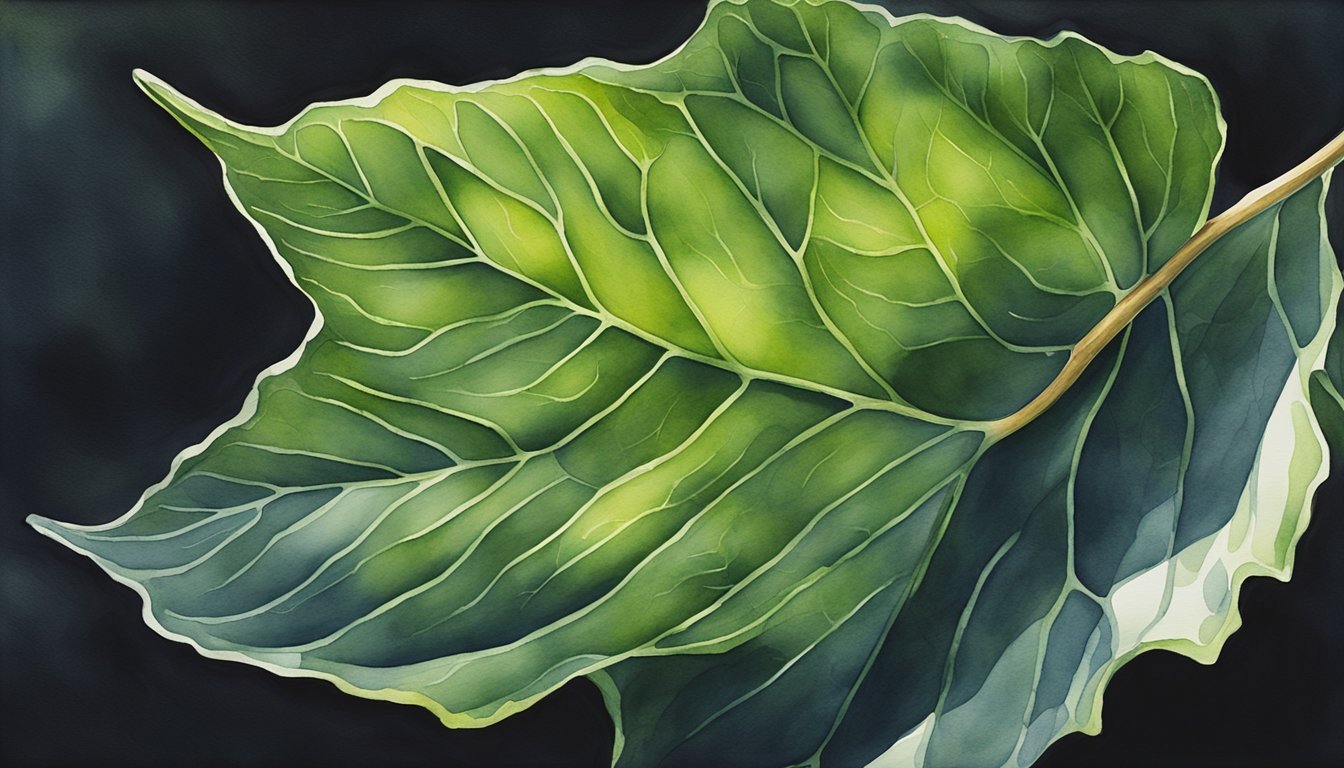Understanding Vein Physiology
Vein physiology is crucial to understanding how blood circulates through the body and why veins may become more prominent under certain conditions.
Structure and Function of Veins
Veins are an essential component of the circulatory system, responsible for returning deoxygenated blood back to the heart. Structurally, they differ from arteries in that veins have thinner walls and contain valves to prevent the backflow of blood. This is especially important in the extremities where blood must travel against gravity. The venous flow is managed by both the muscle contractions surrounding the veins and the pressure differential created by breathing.
Blood Flow and Circulation
Blood flow within veins is typically at a lower pressure compared to arteries. Efficient circulation requires the cooperative function of veins, arteries, and capillaries to deliver oxygen-rich blood to the muscles and organs, and to carry away metabolic waste. Muscle mass can influence venous return as muscle contractions can help propel blood through valves. Regular exercise can therefore play a role in enhancing vascularity and circulation.
Vascular System Aging
As people age, various changes occur in the vascular system. Vein walls tend to lose their elasticity, and valves may become less efficient, a process which is often exacerbated by a decrease in muscle mass. This can contribute to the likelihood of veins popping out. Furthermore, aging may be associated with an increased incidence of venous conditions such as varicose veins or chronic venous insufficiency. Age-related changes in blood flow and vessel structure reflect the intricacies of how the vascular system adapts over a lifetime.
Factors Contributing to Prominent Veins

Prominent veins can be the result of various factors ranging from your workout routine to your genetic blueprint. Let’s explore some of the reasons that can make veins more visible.
Physical Exertion and Exercise
When individuals engage in exercise, especially activities like weightlifting or resistance training, it causes their muscles to enlarge—temporarily pushing veins closer to the skin’s surface. This bulging is often a sign of low body fat percentage and high muscle mass, frequent in the world of bodybuilding.
Weight and Body Composition
Body fat percentage plays a critical role in vein visibility. A lower body fat percentage can make veins appear more prominent due to a thinner layer of fat under the skin. Conversely, higher levels of body fat might obscure veins, making them less noticeable.
Genetics and Family History
Vein prominence can run in the family. If a person has relatives with visible veins, there’s a higher chance they might share this trait. Genetics dictate skin color, thickness, and even how the body distributes fat, all of which influence the visibility of veins.
External Influences
External factors, such as hydration level and age, can affect how veins stand out. Proper hydration is known to increase vein prominence, while age can thin the skin and make veins more noticeable. Even tight clothing can play a part in pushing veins close to the skin’s surface.
Health Implications and Management

Veins that pop out can be a sign of various venous diseases, some carrying potential health risks. Understanding the implications and how to manage these conditions is crucial for maintaining vascular health.
Recognizing Venous Diseases
Venous diseases such as varicose veins and deep vein thrombosis (DVT) are characterized by abnormal vein function. Varicose veins, often seen as enlarged and twisted vessels, are typically more common in the legs due to increased pressure from standing or sitting. People may also experience leg swelling, discoloration, and discomfort. In contrast, conditions such as DVT are marked by the formation of a blood clot that can have serious complications if not treated promptly.
When to Seek Medical Advice
One should consult a doctor if experiencing symptoms like persistent leg pain, swelling, skin changes, symptoms of a pulmonary embolism (sudden chest pain or shortness of breath), or if a vein becomes warm, red, and tender. These could indicate conditions such as superficial vein thrombosis or DVT, which require medical intervention. Pregnant individuals, those with a family history of venous diseases, or with lifestyle factors like obesity, should be particularly vigilant.
Treatment and Prevention Strategies
Venous diseases can be managed with a range of treatment options. Compression stockings are commonly used to alleviate symptoms and improve blood flow. More invasive treatments, such as sclerotherapy or radiofrequency ablation, can eliminate problematic veins. Lifestyle changes like maintaining a healthy diet, regular exercise, and managing blood pressure can also aid in prevention. Risk factors such as prolonged periods of sitting or standing, dehydration, smoking, and stress should be mitigated to prevent vein problems from developing.

